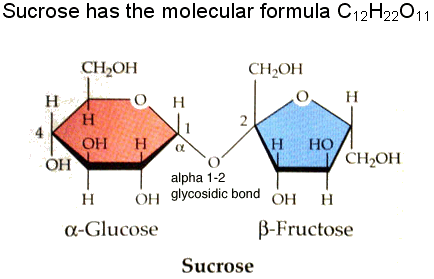
amino acid-monomer consists of a central carbon atom bonded to four partners(carbon atom, remember forms four covalent bonds)

polypeptide-cells creat proteins by linking amino acids together into a chain which is called polypeptide.
denaturation-process of preotein.
Protein shape. influenced by the surrounding envrionment, usually aqueous.
water attracts hydrophilic side groups and reject hydrophobic ones-Hydrophilic amino acid tend to orient towards the outside edges of the protein and hydrophobic amino acids cluster in the center of the protein.
1) Give at least two examples of proteins you can "see" in the world around you. What are their functions?
Two proteins you can see in the world around you, are ones that form structures such as hair or fur, and make up the muscles of an organism.
2) Relate amino acids, polypeptides, and proteins.
Proteins are polymers constructed from amino acids, which are monomers with a central carbon atom, that are linked together into a chain called a polypeptides. Most polypeptide chains are around 100 amino acids in length.
3) Explain how heat can destroy a protein.
Heating it will destroy a protein because of the process called denaturation where protein unravels trying to work properly. As it goes by it will lose its shape and start losing attraction.
4) Which parts of an amino acid's structure are the same in all amino acids?Which part is unique?
Amino acids have three partner bonds to the centra carbon atom in all of them. They are hydrogen atom, carboxyl group, and an amino group. The difference is the fourth partner and which determines each protein's properties.









